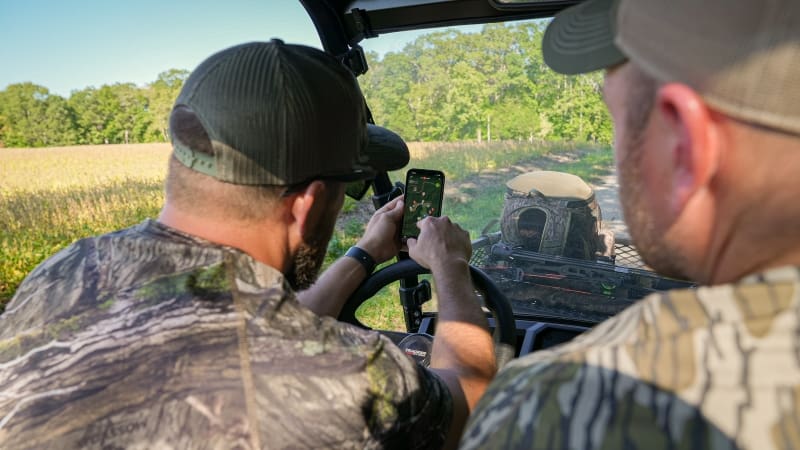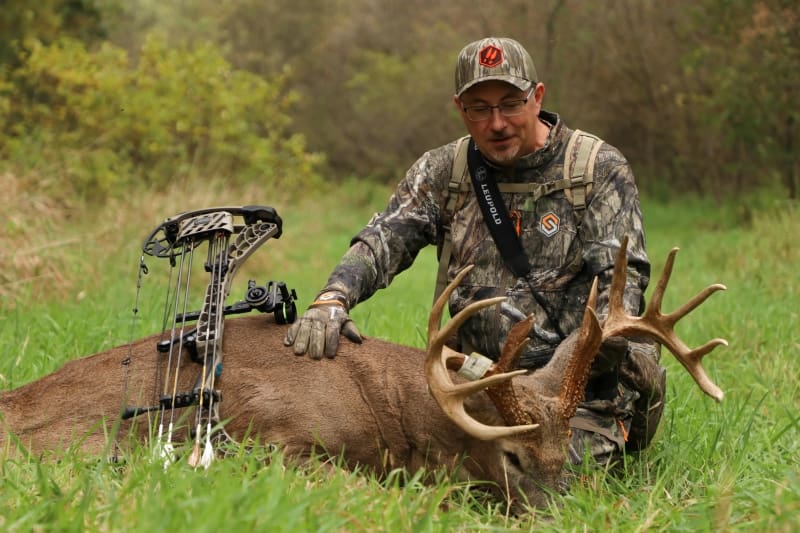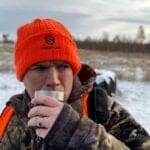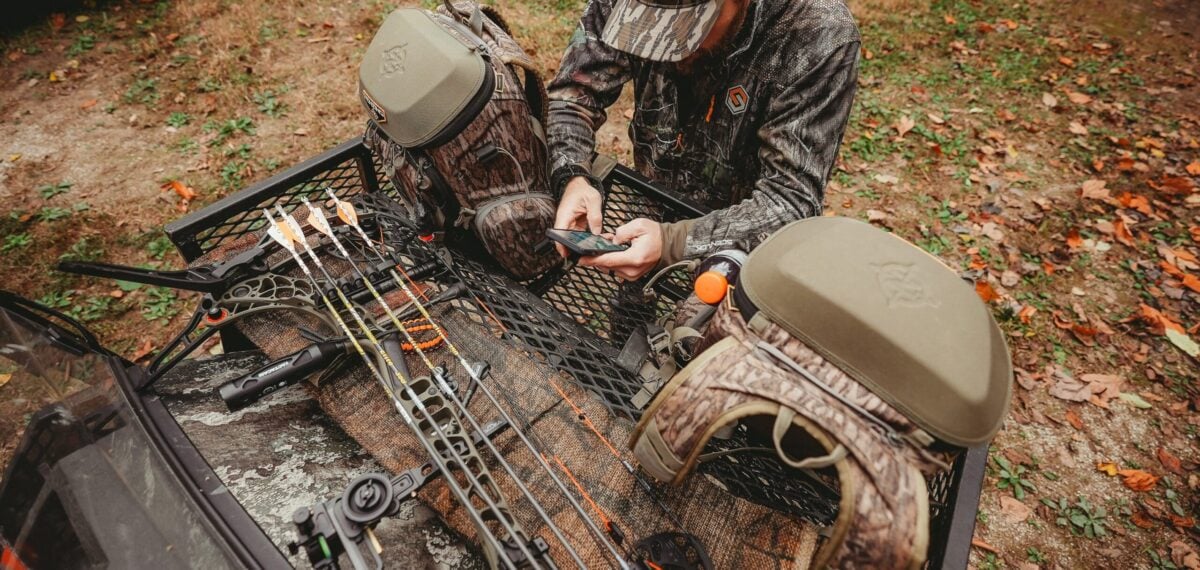When it comes to harvesting mature whitetail bucks, understanding environmental factors can significantly enhance your chances of success. Among these factors, barometric pressure and cold fronts play crucial roles in deer movement and behavior.
I remember feeling overwhelmed by things like moon phases, barometric pressure, cold fronts, and other factors hunters often use to pinpoint the best times to hunt. For years, I simply hunted whenever I had the time. Between a full-time job, family responsibilities, coaching youth football, and helping at church on Wednesday nights, free time isn’t always easy to find. But after hearing Mark Drury of Drury Outdoors mention that his favorite time to hunt was right after a storm when the barometric pressure rises, I started paying attention to those details. And wow, what a difference it made!
While listening to an episode where Mark Drury talked about the development of Deer Cast, he explained how he and his brother, Terry, combined years of experience to create the popular Drury Outdoors app. Deer Cast predicts peak deer movement using real-time weather data tailored to your location, analyzing 13 different weather variables like wind, precipitation, and barometric pressure on an hour-by-hour basis. Once I started hunting based on the times recommended by the app, I noticed a significant increase in deer sightings, especially bucks. In 2021, I harvested one of the largest deer I’ve ever taken in Missouri, just after checking Deer Cast for my area’s peak movement. It predicted 9:00 a.m., and sure enough, at 9:18 a.m., a mature southern Missouri whitetail buck emerged from the timber trailing a doe. I made the shot at 100 yards.

Barometric pressure refers to the weight of the atmosphere pressing down on the earth. As pressure changes, it can influence deer activity. When expert hunters, such as Drury, begin promoting peak movement predictions, hunters soon begin using this strategy to harvest more mature bucks consistently than ever before.
If you’re like I used to be, you might first need to understand what barometric pressure is. Generally, high pressure brings clear skies and stable weather, which tends to make deer less active; they often seek shelter and stay inactive during daylight hours. On the other hand, low pressure usually signals incoming weather systems like rain or storms. These conditions can prompt increased deer activity as bucks become more mobile, searching for food or establishing dominance before the weather shifts.
Timing Your Hunt with Pressure Changes
Monitor local weather patterns to make the most of barometric pressure fluctuations. Pre-front activities, such as when a cold front approaches and barometric pressure drops, make deer more active. This is an ideal time to be in the field, particularly in the hours leading up to the front’s arrival. Then there are post-front conditions. After a cold front passes and the pressure starts to rise again, deer tend to be very active. This is especially true during the first 24-48 hours after the front, when bucks may venture out during daylight to feed and socialize.
Cold Fronts: A Hunter’s Best Friend
Cold fronts are significant weather events that bring a noticeable drop in temperature. This sudden change can trigger a variety of deer behaviors.
The drop in temperature often prompts bucks to move more, seeking food sources to replenish energy stores. They are more likely to come out during daylight, making them more visible to hunters. Cold fronts can also coincide with the rut, a critical time for deer activity. Bucks will be more mobile as they seek does, providing hunters with prime opportunities to encounter mature bucks.
Strategies for Hunting During Cold Fronts

Timing Your Hunts
Aim to be in the field during the days immediately following a cold front. Early mornings and late afternoons are typically the best times to catch deer moving. If you haven’t already, download a hunting app such as Deer Cast, Hunt Stand, OnX, or Hunt Wise to help outline the best times to be in a stand so you can plan your hunts weeks ahead of time.
Location Selection
Focus on food sources such as agricultural fields or acorn-rich areas that are likely to attract deer after a drop in temperature. Setting up nearby known travel routes can also increase your chances of an encounter.
Wind Direction and Scent Control
Consider wind direction when planning your hunts. Cold fronts can shift winds, so ensure you understand how these changes might affect your scent trail then plan your entrance routes and which stand will be the best for that day.

By closely monitoring barometric pressure and recognizing the signs of incoming cold fronts, hunters can make informed decisions that significantly improve their odds of harvesting a mature whitetail buck. Integrating these weather factors into your hunting strategy will enhance your experience and increase your chances of success in the field. Prepare, stay observant, and take advantage of the elements to maximize your hunting opportunities.

